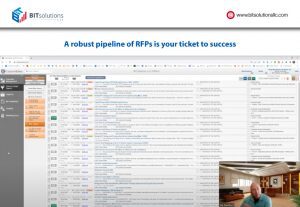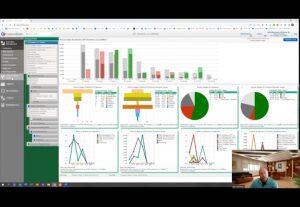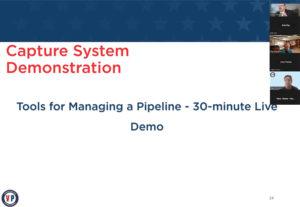
Do you REALLY know your customer?
Do you REALLY know your customer? Do you know HOW to know your

Do you REALLY know your customer? Do you know HOW to know your

By compiling all of your capture information in one place, you can quickly

Gathering the right information on an RFP, and making sure that information is

For 83 cents a day, would you ditch your spreadsheets? What if I

Successful bids stem from shaping deals well ahead of time, and that includes

In the world of government contracting, a robust pipeline of RFPs is your

Check out this clip of our CEO, Skip Blackburn, discussing where to gather

We love letting our customers do the talking when it comes to CaptureExec
Last month, BIT Solutions changed the game for startups, micros and Small government

Lorem ipsum dolor sit amet, consectetur adipiscing elit. Ut elit tellus, luctus nec ullamcorper mattis, pulvinar dapibus leo.